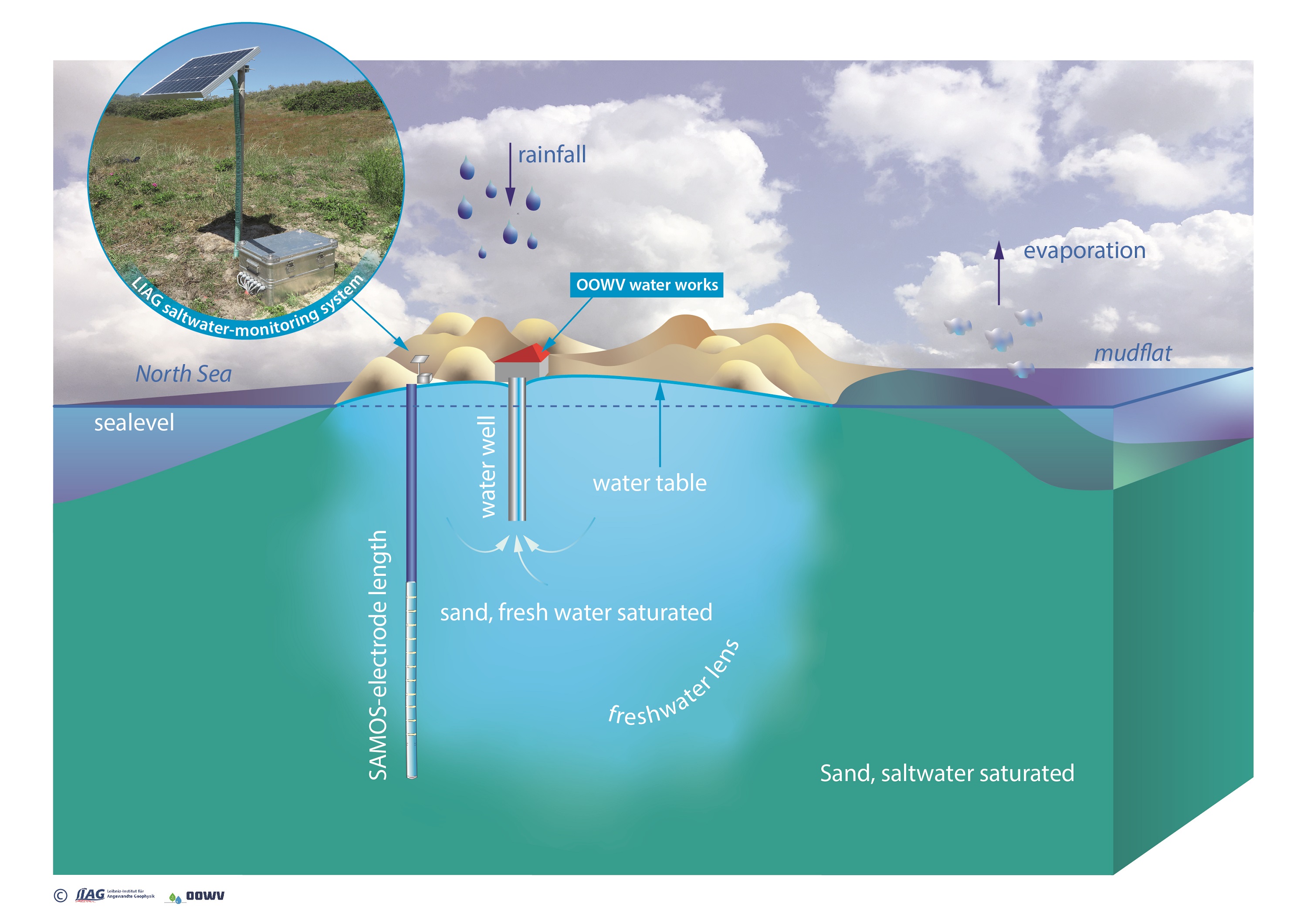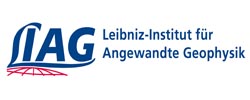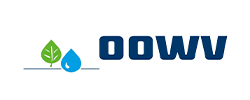The SAMOS saltwater monitoring system was developed to continuously monitor the quality of the water underground. This enables the early detection of and warnings about increasing salinity.
Climate change and demographic development have unseen secondary effects on groundwater. There is a risk of groundwater salinization, especially on coasts and islands.
The saltwater monitoring system (SAMOS) was developed at the Leibniz Institute for Applied Geophysics (LIAG) to monitor the quality of the water underground. This monitoring is not restricted to a single point; rather, it takes place over a length of 25 metres. The specific resistance is measured several times a day. This allows LIAG to give an early warning if rising saltwater endangers the wells of water works. The real-time evaluations can be viewed and used by the water utility at any time. In this way, they provide crucial information for sustainable water management. With an integrated solar panel, the monitoring system supplies itself with energy and can collect data for the long term.
SAMOS is based on direct current geoelectrics and consists of a vertical electrode chain that is permanently installed in a borehole. An electric current is fed into the earth via the automatic measuring system on the earth's surface and the potential field is measured. The electrical resistance determined from this is an indicator of the salinity of the groundwater.
SAMOS has already been installed at three locations on the coast of Lower Saxony. The system is the only one of its kind in the world.



